I was born in New York City in 1859. After a fair amount of formal education, interlarded with hurriedly assimilated portions of the world’s great literature, I found employment in the offices of the Art Interchange Publishing Company, of New York. Believing myself possessed of more than average ability in the art of writing, I had high hopes, at the outset, of becoming a great author, a great historian, or perhaps a great editor with a blue pencil tucked over my ear.
However, it was soon discovered that any talent I may have had in a literary direction, was over-shadowed by my native business — judgment and facility with figures — accounting, etc.
Commencing as a minor clerk, by easy though regular and surprisingly frequent steps, I was entrusted with more and more responsibility, until at the age of 24 I was made business manager of the publishing house.
I entertained thoughts of going west
Despite my youth, I held this responsible position remarkably well, and many of my closest friends were of the opinion that I was a very foolish young man even momentarily to entertain thoughts of “going west”, for what had the west to offer that could promise a brighter future than I seemed to have before me right there at home in the nation’s metropolis?
But I was young — there was much talk on all sides concerning the glamorous west — and there had been little of glamor(sic) in my life up to that point. Beginning as a small, faint urge — which I might have dispelled easily enough had I been the least inclined to do so — the desire to go west subsequently became so strong within me that it resisted all counter argument and persuasion.
I quit my position at the publishing house
Finally, capitulating to the urge, in the summer of 1884, at the age of 25, I quit my position at the publishing house. My brother, who shared my enthusiasm regarding the most, had found a backer for us.
Upon presentation of simple credentials as to our honesty, and with references concerning our collaborate business ability, we were given a stock of hardware which was to be paid for when sold.
The only restriction placed upon us was the fact that we had little choice in the selection of the town in which we were to open our establishment. We were instructed to operate our store in the new town of Devils Lake, Dakota. (Now North Dakota).
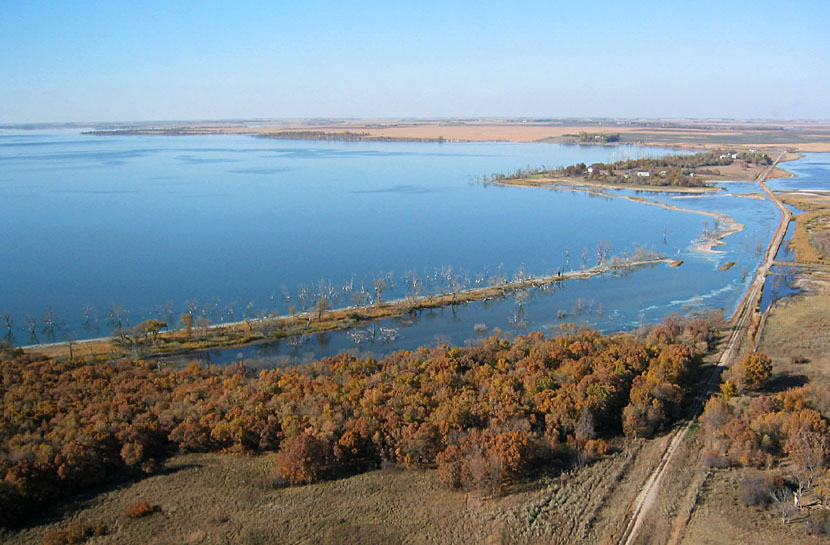
At this point I should like to interpolate a thought which has often came to me: In the building of this great west – Oregon, Washington, California, Montana, Idaho, and the rest of the states on the Pacific side of the Mississippi — not any historian, at least none that has come to my attention, ever gave an iota of credit to the easterners (many of whom never set foot in the great west) who staked so many adventurous young merchants to stocks of goods with which to set up businesses in the new, young country.
Backers had profit in mind
True, these backers had profit in mind while engaging in such transactions, but none-the-less, I still think that a great deal of the building up of the west resulted from the sporting chances these backers took.
Many of Portland’s present-day substantial families owe their fortunes to the fact that some easterner in pioneer times had sufficient faith in the integrity and enterprise of their families’ antecedents, as well as faith in the future of the west, to give them the initial start which meant the founding of their fortunes.
Accompanied by huge packing cases filled with frying-pans, stove pokers, horse-weights, bread tins, nails, screws, door latches, and all sorts of miscellaneous hardware, my brother and I entrained for Devils Lake in far-off Dakota.
Devils Lake is a long way east of Portland, but to a “York Stater”, Dakota was definitely “out west” in those times. For that matter, so was Ohio, Indiana and Michigan.
We arrived in Devils Lake early in October. The little town, with its shabby array of improvised shacks and buildings, was vastly disappointing to us. The town was a “boom” town — the boom resulting from the fact that a transcontinental railroad had thrust its rails through that part of bleak Dakota.With heavy hearts, and a touch of nostalgia, we began opening the packing cases, one by one.
Devil’s Lake Side-Note Today
A blizzard sprung up
Before we had finished unpacking the boxes, or had opened our establishment for business, a terrific blizzard sprung up. The temperature dropped to an uncomfortably low degree. Though mid-day, it became as dark as night. The wind blew a veritable hurricane.
Snow and sleet swirled in cutting sheets, piling up in doorways and sifting through cracks in the improvised board buildings. We had seen no storm in New York approaching this one in severity except in mid-winter.
When the storm had abated, my brother and I concluded that we had had enough of Devils Lake, Dakota.
Without bothering to consult meteoroligical (sic) data, we decided that if the weather in Dakota could be so severe with September scarcely torn from the calendar, two sheltered New York-reared young men could never survive the rigors of a winter in such a place. So we nailed the covers back on the packing cases and consigned them to our backers in New York.
My brother reported our failure
Then to my brother fell the distasteful task of returning to New York and reporting our failure and the reasons for it to our kindly backers. I myself dreaded returning so soon. I had so recently bade so many good-byes and had so generally boasted of the riches that lay ahead of me in the west, that I could not bring myself to return in so short a time. I would have been a laughing stock.
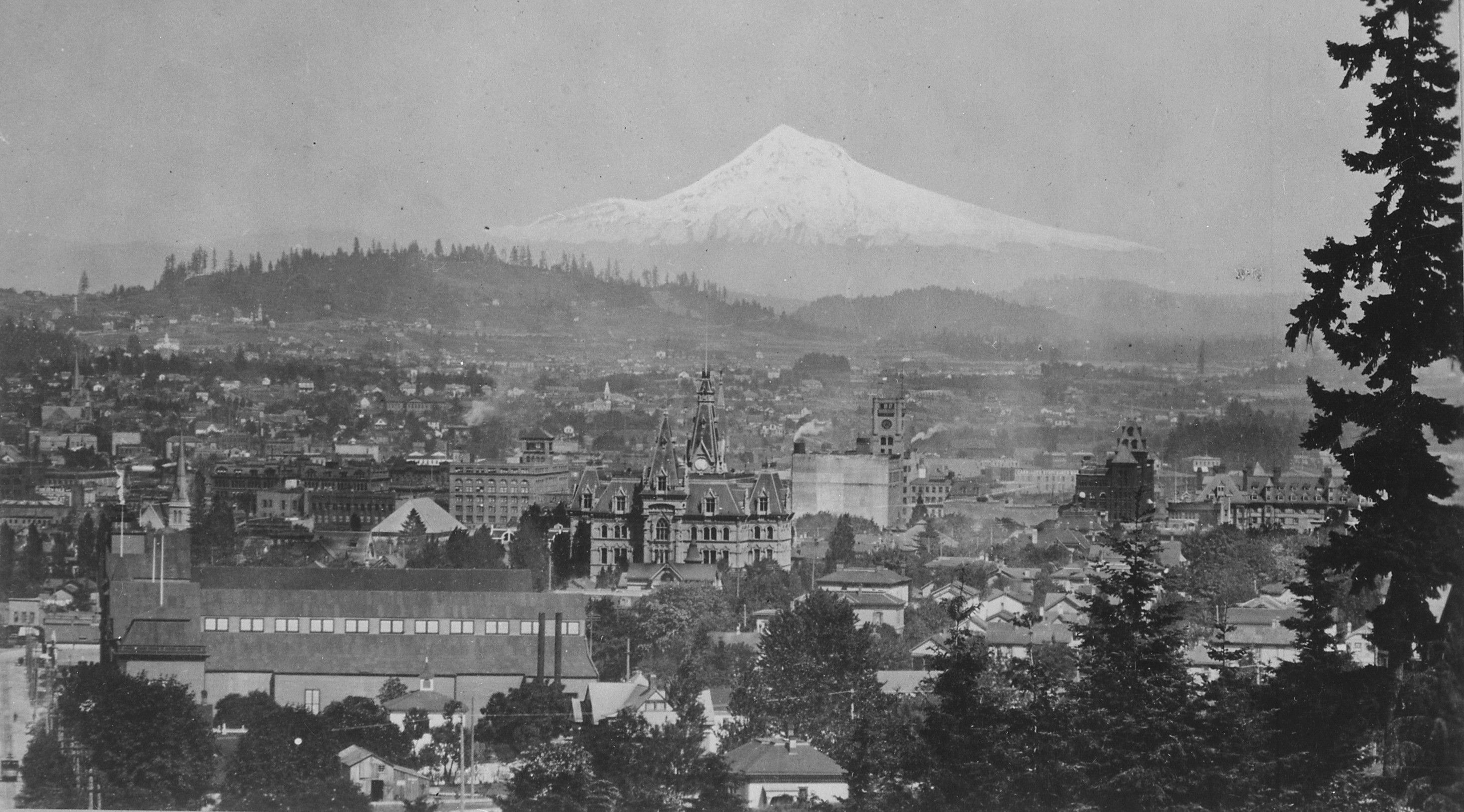
I had heard a great deal of Oregon. It seemed, however, in 1884, an unbelievably long way off — like the moon, or Mars, or Venus. After considerable self-debating, I decided to go “whole hog”, as the saying had it, so Oregon it was. I arrived in Portland, October 28.
Portland was fresh, clean, thriving
The day was a glorious one — sunny, bright, warm. Flowers were blooming and green trees were everywhere. No blizzards in sight and none expected. Portland was fresh, clean, thriving. The contrast between my first glimpse of Oregon and what I had seen of Dakota was so pronounced in favor of Oregon that I intuitively knew that I would remain. The state of my finances, however, made it imperative that I obtain employment immediately were I to remain in Portland.
I was employed by Mr. Himes
As might be supposed, I knew the printing and publishing business quite thoroughly. I was not long in learning that “Himes, the Printer” was the largest and leading printing and publishing house in Oregon. I asked Mr. Himes for a situation and was engaged immediately. I worked for Himes for three years in the capacity of accountant, and then, having saved some money, decided to strike out for myself — not in the publishing business, however — and organized an accounting service known as the American Audit Company.
I later organized the Real Estate Title and Trust Company, which company grew to such proportions that I subsequently found it necessary to retain as many as six or eight attorneys at all times in the prosecution of the legal affair of the business.
My legal training
At this time I myself felt the need of legal training so took up the study of law in Portland with Judge A. L. Frazier my preceptor. (Judge Frazier was the father of Kenneth Frazier, U. S. Commissioner). I later disposed of my interests in the Real Estate Title and Trust Company, and, having passed the bar, engaged in the practice of law, making Mining Law, Corporation Law, and the management of investments, my specialties.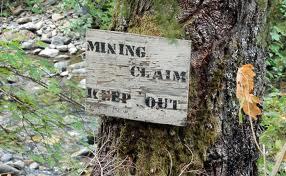
At one time or another I have had occasion to visit most of the gold-bearing areas of Oregon. I am particularly well acquainted with the Waldo district, in Josephine County.
I am not so familiar, however, with its history as I am with its physical and geological characteristics. Such history as I am able to give is mostly common knowledge:
Ship wreck occurred off Crescent City
In the year ….. a ship was wrecked off the coast near Crescent City, California. The surviving sailors worked their way inland and northward eventually arriving at a point between the east and west forks of the Illinois river about three miles above the Oregon-California line. Here was gold.
Sailor’s Gulch Gold
The ground was fairly rich and the sailors worked into the slopes as far as their crude equipment would permit. The location of these first diggings was named Sailors Gulch. The Waldo diggings followed shortly after. Waldo was adjacent to Sailors Gulch– the two being not more than a few hundred yards apart and separated only by a ridge. The two towns sprung up around the diggings and flourished as long as paying quantities of gold was to be had by simple digging.
At about the time the cream of the diggings had been taken, the Oro Fino gold rush commenced and most of the miners of the Waldo area deserted their claim to participate in that strike.
Having exhausted the supply of easy-to-be-had gold, the towns of Sailors Gulch and Waldo struggled along fitfully until the advent of hydraulic mining. Hydraulic mining revived the flagging towns and they again found prominence on state maps.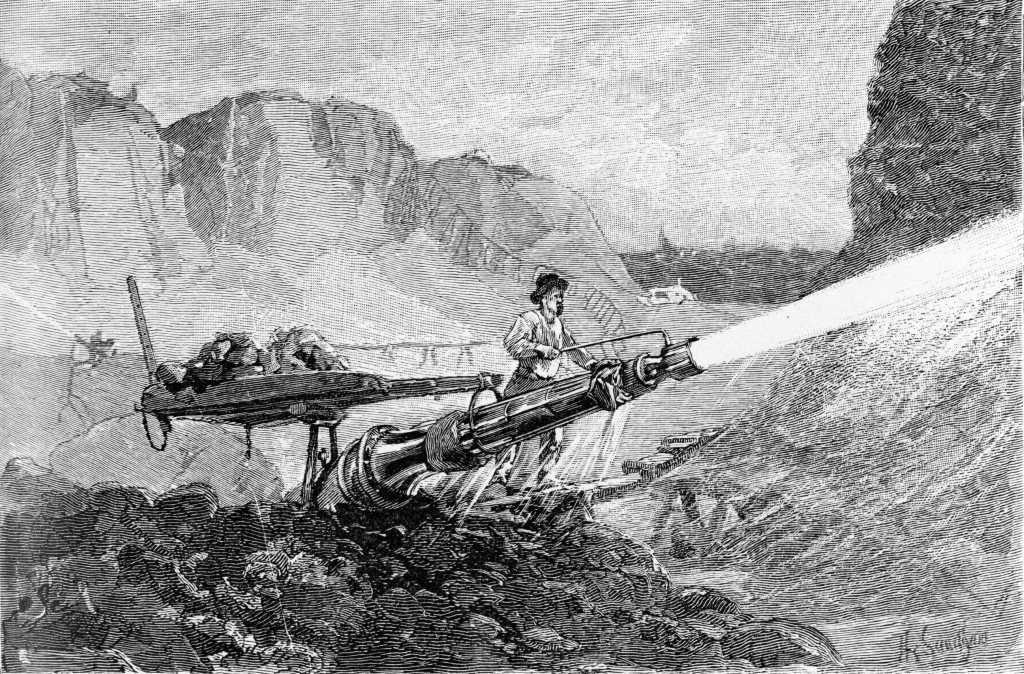
Hydraulic mining requires an abundant and unfailing supply of water, with sufficient fall, or ‘head’, to enable the stream to tear down or disintegrate the gravel bank against which it is directed.
This requirement brought about the establishment of two water projects of major importance: the Osgood Ditch, and the Wimer Ditch. The water for the Osgood Ditch is diverted from the Illinois river at a point about three miles below the Oregon-California line in California, and is about nine and a half miles in length. The Wimer Ditch diversion point is in Oregon near the state line on the east fork of the Illinois river and is also about nine or ten miles in length.
Gold-bearing gravel is on high ridge
The gold-bearing gravel is situated on and forms a high ridge between the east and west forks of the Illinois river. The gravel bank is from 40 to over 200 feet in depth. There is but little top-soil, or ‘over-burden’, as miners call it, the gravel in most places extending right up to the grass roots.
Geologists claim the deposit is extremely ancient, doubtless belonging to the Pliocene Age. The area is supposed to have been a part of a prehistoric river system which extended through Josephine County into California, and which produced the diggings of Sailors Gulch, Waldo, Happy Camp, Poker Flat, Esterly, and the Old Channel mines on the Rogue River.
The character, geological conditions, and apparent geologic age at all these points are nearly identical.
The situation is ideal for hydraulic operation. The erosion of the east and west forks of the Illinois river has cut wide and deep channels of from 150 to 175 feet below bedrock of the deposit, giving practically an unlimited dump for tailings. All the gulches and rims of the main ridge were mined by the early miners and from all accounts were highly productive.
Mining in the area at present, (1938) however, has settled down to a very modest, but dependable return per yard of material. Recent work at a place known as Allan Gulch, where 71,111 yards of material were handled, brought a net recovery of $13,106, or 18 1/2 cents a yard. The recovery values would now be almost double the above figures since inauguration of the new gold standard.
A fair survey of the entire area places the net recovery to be expected, at approximately 20 cents a yard under the new standard, the gold from the area having a mint value of better than $34.00 an ounce. The water available for hydraulicking in the Waldo area has a flow varying from 3000 ‘miners inches’ minimum to 10,000 miners inches during flood season.
Amount is adequate
This amount is adequate for all the hydraulic mining that ever will be done in the vicinity of Waldo. If the term “miners inch” is unfamiliar — a miners inch is: the number of cubic inches of water that would flow through an orifice 1 inch in diameter in one second under a pressure of six inches (fall).
The Oregon directory for 1881 lists the following businesses of the town of Waldo Co., hydraulic mining. Simmons, George, blacksmith. Wimer and Simmons, hydraulic mining. Wimer and Sons, general merchandise. Wimer, W. J., postmaster and hotel keeper.
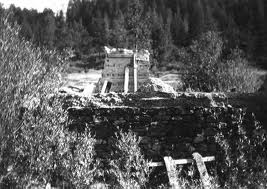
On my early trips to Waldo I became acquainted with a number of the above named persons. I was quite well acquainted with several members of the Wimer family.
On my last trip to Waldo, which was in 1929, the town was virtually deserted, the only remaining resident being Mr. Decker, who was postmaster.
SOURCE:
- The article above is from the Library of Congress and was a WPA Interview conducted in 1938
WPA Interview
Interviewer: Andrew C. Sherbert Date May 3, 1938
Informant:J. Thornburn Ross
1405 American Bank Building, Portland, Oregon



